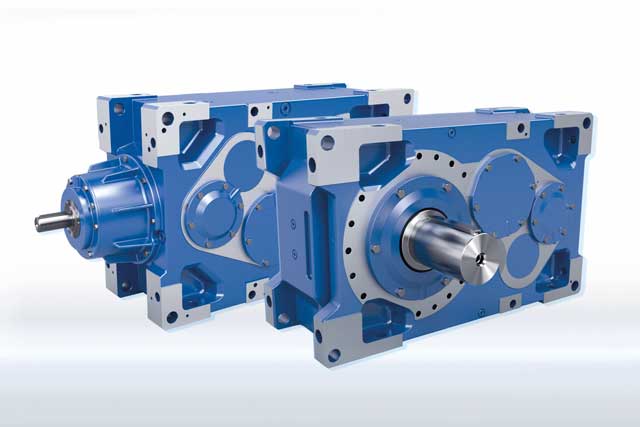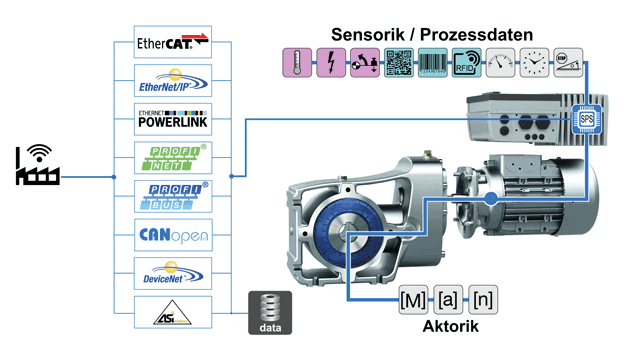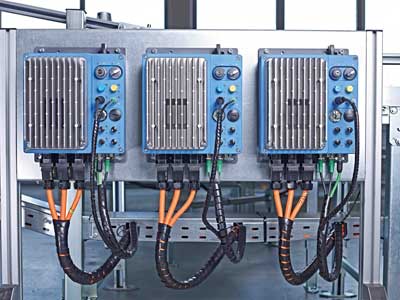 Small faults in drives can quickly result in complete breakdown. Condition monitoring and predictive maintenance can prevent this, says Andrew Stephenson, managing director of Nord Gear (UK)
Small faults in drives can quickly result in complete breakdown. Condition monitoring and predictive maintenance can prevent this, says Andrew Stephenson, managing director of Nord Gear (UK)
Industrial gear units are drive technology heavyweights which need to handle extremely large torques. Because of the forces involved, small defects which are not detected at an early stage can quickly result in a complete breakdown.
This would not only be expensive, but also disastrous: major plant components would remain at a standstill until repaired or a replacement could be delivered and installed.
Because of this, Nord Drivesystems, through use of various sensors and its intelligent frequency inverters with PLC functionality, uses condition monitoring and predictive maintenance to achieve maximum plant availability and high cost-efficiency.

Condition monitoring may be used through continuous evaluation of vibration, oil temperature sensors and so on. This provides crucial live data about the gear unit’s wear and tear. While this enables the state of wear to be detected at a certain time, predictive maintenance uses this information intelligently through the PLC, and can enable a maintenance date to be planned well in advance.
This means higher plant availability, reduced costs, longer service life of the drives, and above all no unplanned downtime – an ideal concept, especially in highly complex plants, in which downtime would have particularly serious consequences.
Data analysis instead of just data reading
Intelligent frequency inverters with integrated PLCs are able to take autonomous decisions and evaluate motor and gear unit status data from either virtual or physical sensors. For instance, mathematical algorithms residing in the PLC can represent virtual temperature sensors and may be combined with the known physical characteristics of the gear oil.
In this way the lifespan of the oil can be predicted with sufficient accuracy from the calculated drive output and its operational current, voltage, and speed. This allows an assessment of the degree of use of the gear oil and the predicted date for an oil change. In this situation, data could also be determined from the measured electrical data through physical sensors.

Vibration frequencies provide clarity
For industrial gear units, physical temperature and vibration sensors are both economical and advisable. In particular vibration sensors offer a range of advantages. Detailed manufacturers’ databases exist for all the bearings which are installed in industrial gear units. Such databases contain the characteristic vibration frequencies for all components of each bearing type. The individual frequencies can therefore be clearly identified and attributed to particular components.
The frequency spectrum can be analysed on the basis of the time signal or a fast Fourier transform. This not only enables the ideal or necessary maintenance time to be calculated, it also indicates the location of the fault and which replacement parts are required.
Cloud connection for networked service
The autonomous drive communicates its status data to a secure cloud. There, the data is available for analysis with filter and analysis tools, so that monitoring of the drive units can be carried out from anywhere in the world.
The data are presented in a browser-based web interface and the plant can be viewed at a glance in a clear 3D illustration. By collecting and evaluating all the available status data, a prerequisite for Industry 4.0 applications is achieved for condition monitoring and predictive maintenance.

